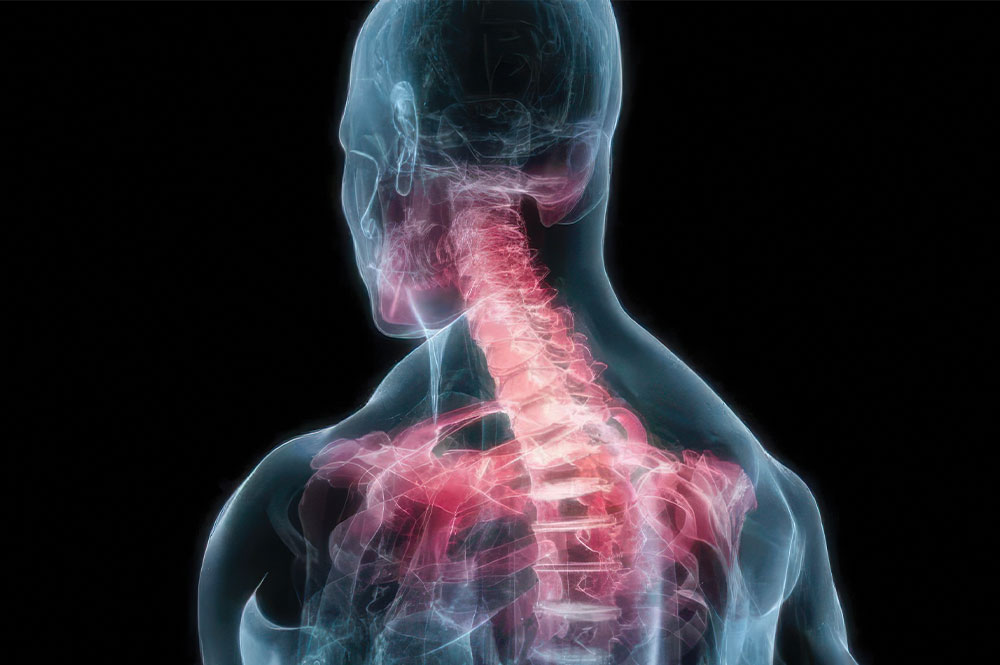Pain Syndromes - Management
Contact us
for an appointment
Call us at +30 6981 299 120 or fill out the form, and we will contact you.

Medical acupuncture is considered a very effective therapeutic technique for many diseases and dysfunctions. However, it is not suitable for all conditions or all patients. There are specific criteria for selecting cases where the action and effectiveness have been confirmed through medical studies. A large category of such cases includes acute and chronic pain. More specifically, medical acupuncture can be used to treat and manage the following conditions:
- Myofascial regional syndrome
- Extra-articular painful syndromes
- Epicondylitis
- Tendonitis, bursitis
- Enthesopathies
- Cervicalgia, thoracalgia
- Lumbalgia, coccydynia
- Fibromyalgia
- Some forms of headache
- Chronic pain syndrome
- Acute post-surgical pain
- Post-surgical nausea and vomiting
Acupuncture is a form of sensory stimulation. When the needle is inserted, it causes a stimulus that is transmitted via afferent nerve fibers to structures in the spinal cord and brain, where regulatory centers of the nervous system are located.
It has a local action, and for this reason, local points where pain is present are used.
The insertion of the needle activates both the immune and sympathetic systems. This leads to the release of catecholamines, which in turn increase local blood flow, facilitating the access of immune system products. Inflammatory cells, growth factors, and nutrients (oxygen, glucose) are attracted to the area.
There is also a regional action through dermatomuscular or myospinal reflexes, and for this reason, dermatomes, myotomes, and splanchnotomes of the affected area are important.
Additionally, a general action has been confirmed, as it influences the secretion and quantitative changes of neurotransmitters in the blood and cerebrospinal fluid. Its general action on pain involves the activation of endogenous analgesic opioid systems (endorphinergic, encephalinergic), as well as non-opioid systems (serotoninergic, norepinephrineergic).
The activation of the brain cortex from the stimulus caused by the insertion of the needle in the corresponding area of the body has been confirmed in recent studies using laboratory tests (fMRI) to monitor pain (descending analgesia system) and its regulatory role in the endocrine and autonomic systems (HPA axis).
The action of medical acupuncture through the nervous system is further confirmed by the fact that for effectiveness, the integrity of the nervous system is necessary to transmit the sensory stimulus. Therefore, the action of acupuncture is nullified in cases of dorsal anesthesia (for points below the level of anesthesia), after a major nerve block, or in complete paraplegia.

